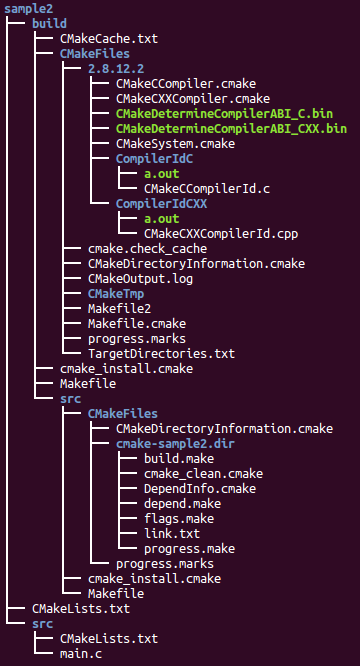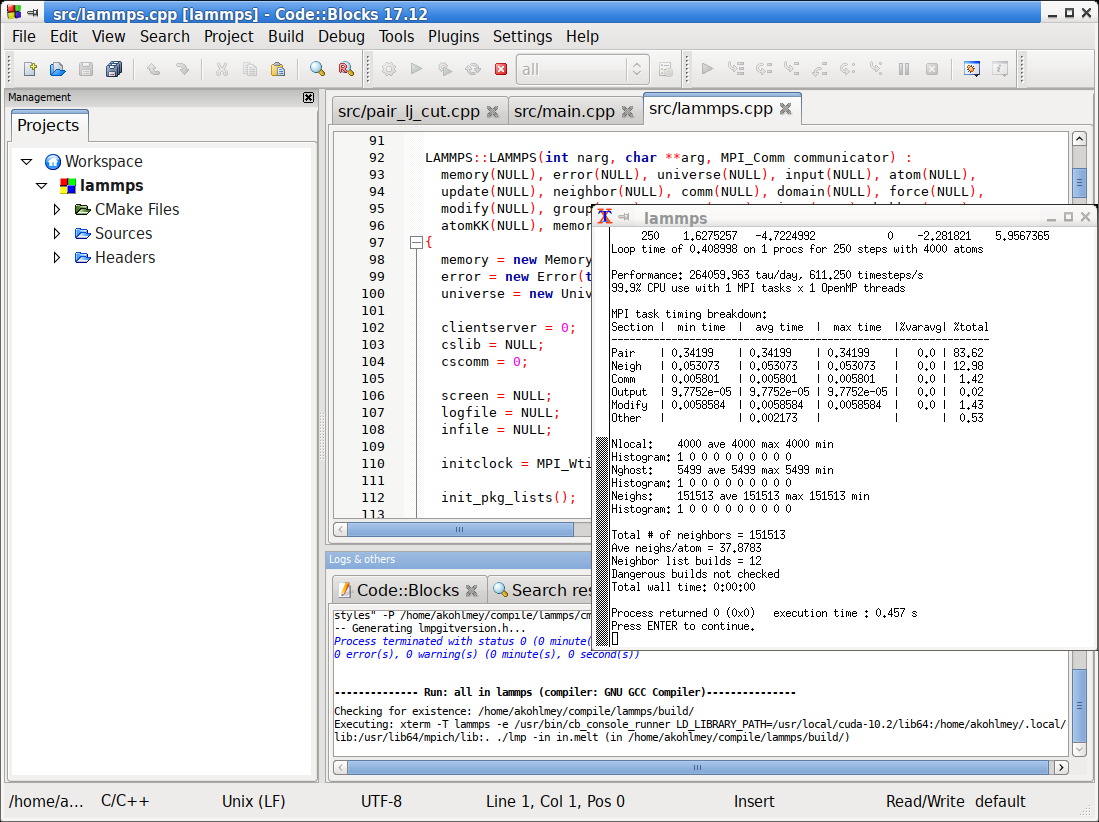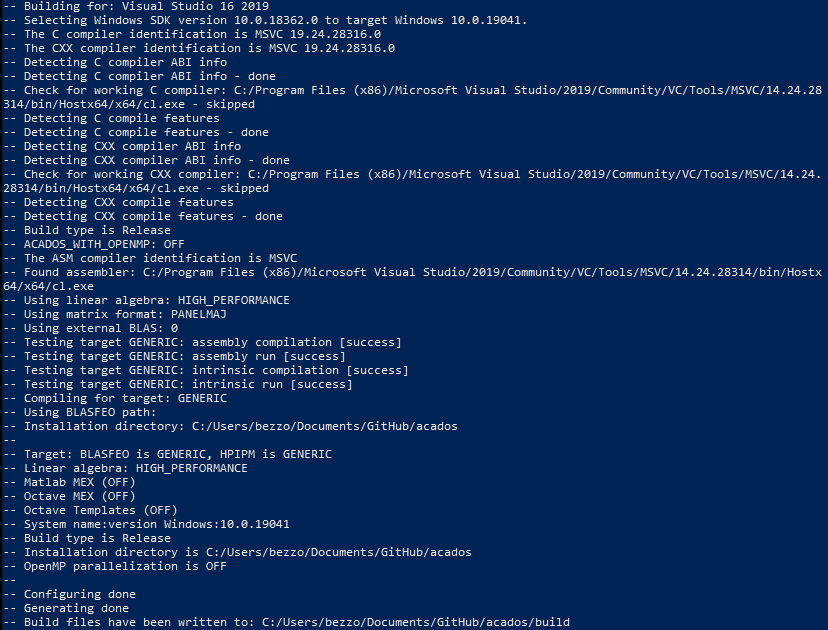
Key-value assignment to define easyconfig parameters.Įasyconfigs typically follow a (fixed) strict naming scheme, i.e.

It consists of a plain text file (in Python syntax) with mostly What is an easyconfig (file)? ¶Īn easyconfig file serves as a build specification for Software-specific easyblock may be required see
CMAKE COPY FILE AFTER BUILD SOFTWARE
(scientific software never fails to surprise us in this regard), a Yet, in case the software build calls for more elaborate steps Leveraged see Overview of generic easyblocks. Luckily, the majority of software delivery mechanisms are being designedĪround either autotools or CMake or, perhaps, some simple fileĮxtraction/copy pattern. The software and the corresponding module file.
CMAKE COPY FILE AFTER BUILD HOW TO
This page explains all the basic information about how to writeįor software builds that follow established build patterns, anĮasyconfig is all that you need to create in order to build and install Version-specific documentation relevant to easyconfigs

Specifying dependencies using system toolchain Loading of modules for dependencies with a system toolchain Using download_instructions for user-side part of installation Synergy between -inject-checksums and -robot In this case, I will be copying shaders and binary data, if and only if, they have changed.įirst, we will go through files in a specificied directory and generate STAMPS.Adding or replacing checksums using -inject-checksumsĪdding checksums when none are specified yet However, after weeks of banging my head on them and their stamp files, I have a nice small CMake snippet I use to copy random files to my build directory. I hate them and stay as far away as I can. The include trick I’ve shown previously isn’t the only, or even the “right” way to execute custom CMake commands before or after building your software. Our users didn’t have to install Python or some other obscure scripting languages like chef. When they use ExternalProject_Add, the library will be generated and everything should be dandy. Third-party users can easily link with the interface library. I am still in the process of porting and experimenting with more recent CMake install scripts. I wont show the technique I use to generate the install target, as I have been made aware it is now outdated and overly complex (merci Guillaume). I also like to gather up my dependency IDE projects and the miscellaneous CMake targets into a nice IDE folder called, you guessed it, Dependencies.Ĭmake_minimum_required( VERSION 3.14) project( my_project CXX) include( ExternalProject) link_directories( $ to consume the generated library. Furthermore, to make things simple down the line, I like to output my binary packages into predefined folders, creatively called bin and lib. Here’s how I use it.Īt the top of your project, you will need to include ExternalProject and set a link directory.

It is the perfect last resort when all else fails. I use ExternalProject_Add for many third party libraries. Some people still use autotools and expect us t. If it didn’t, it would at least provide a CMake file and an install target. If the world was a perfect place, every project would provide a Conan recipe. I use ExternalProject in virtually every new project. For these to work, I expect the user has 3 and only 3 tools. It is a collection of funky and unorthodox techniques I find cool and useful.

This post isn’t the standard “modern CMake” fair. When combined with other build best-practices, not pasting dependencies in your source tree and locally installing your dependencies, the rule has led to some interesting CMake usage. Any and every software I write must download, install and setup its dependencies without requiring user interaction. A long long time ago, after years and years of fighting with software that doesn’t build, I made a life changing decision.


 0 kommentar(er)
0 kommentar(er)
